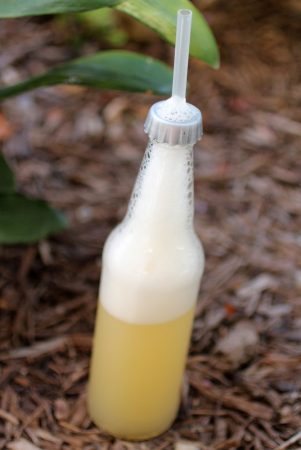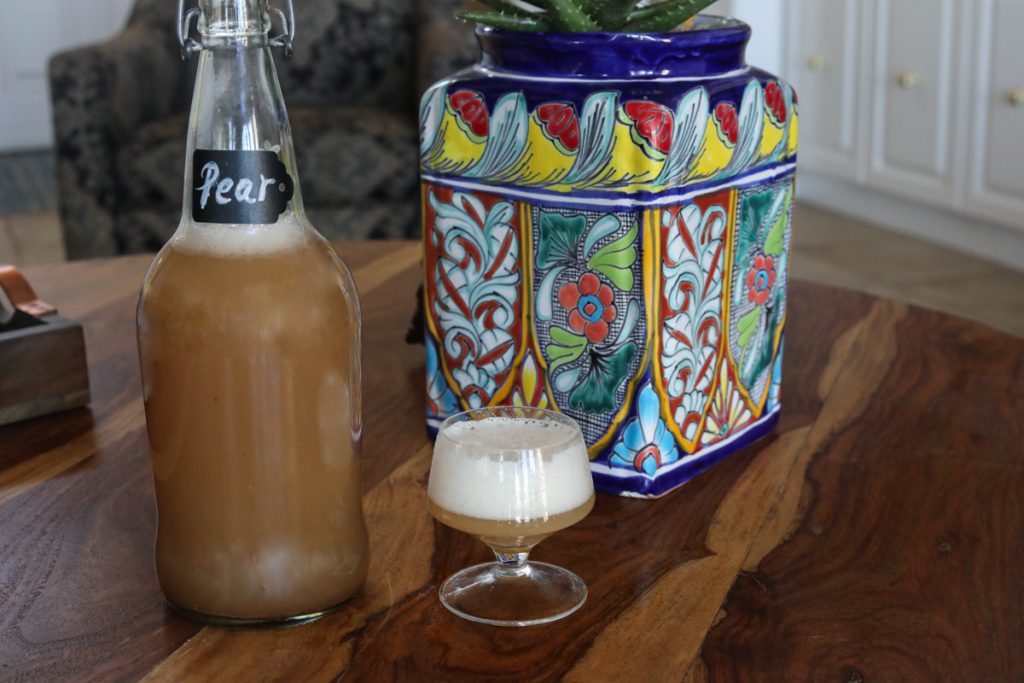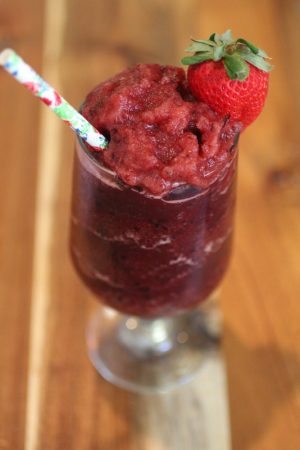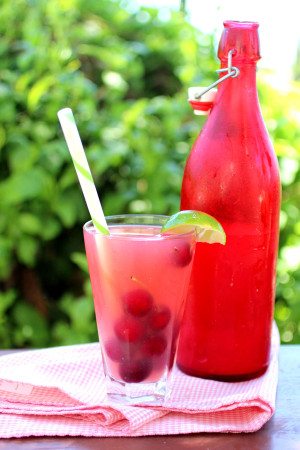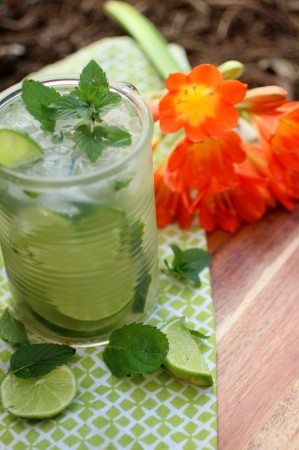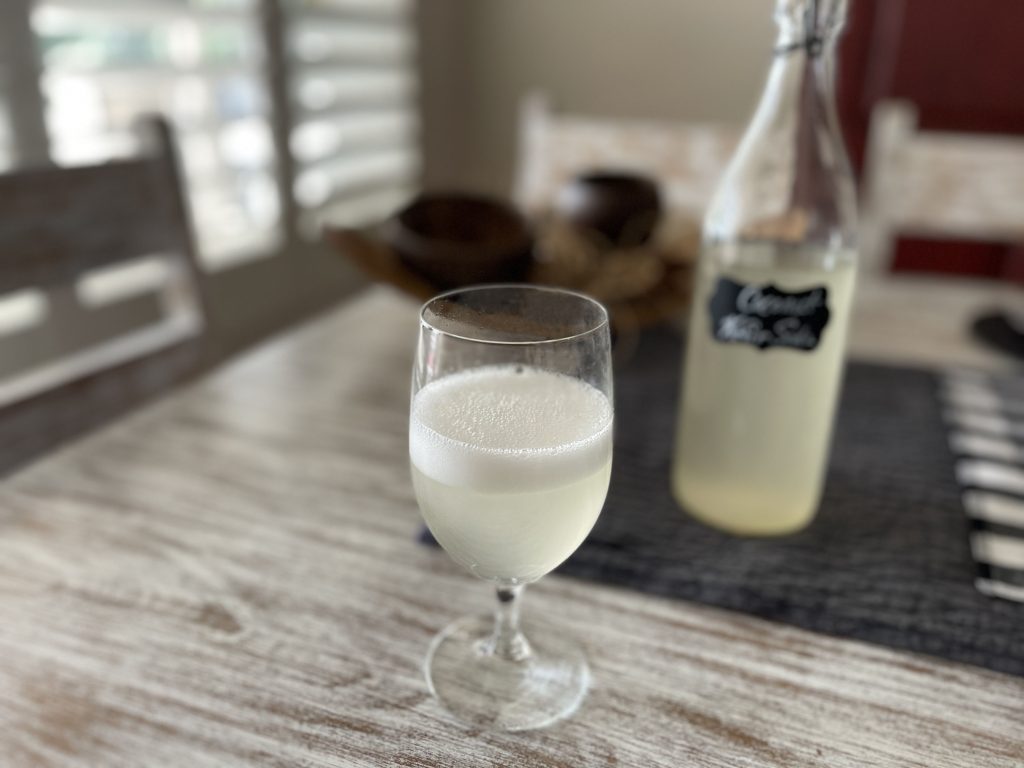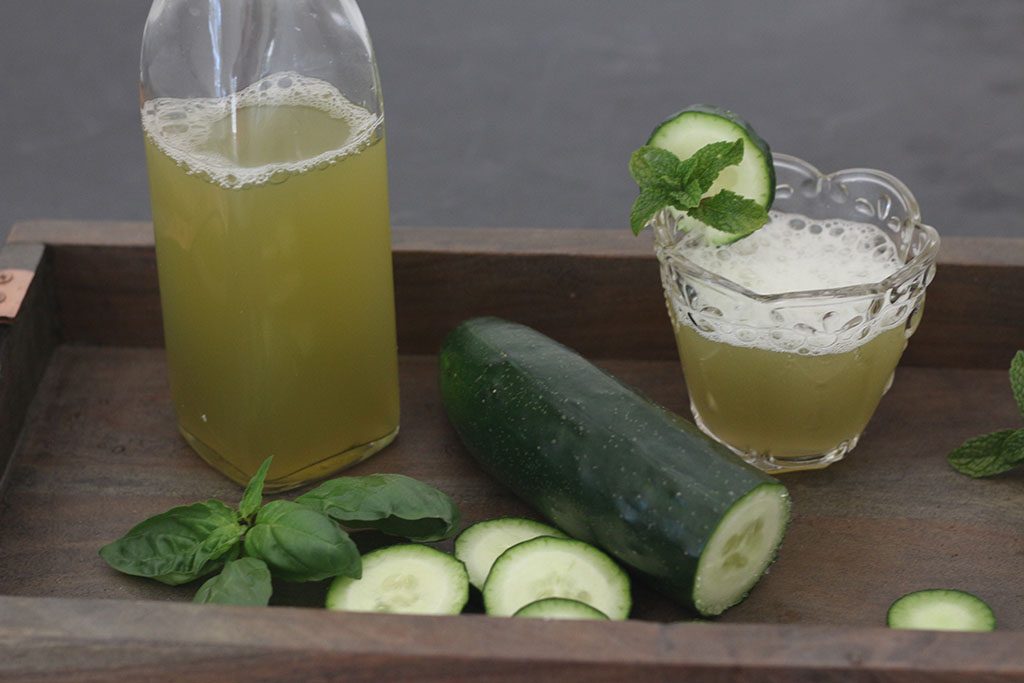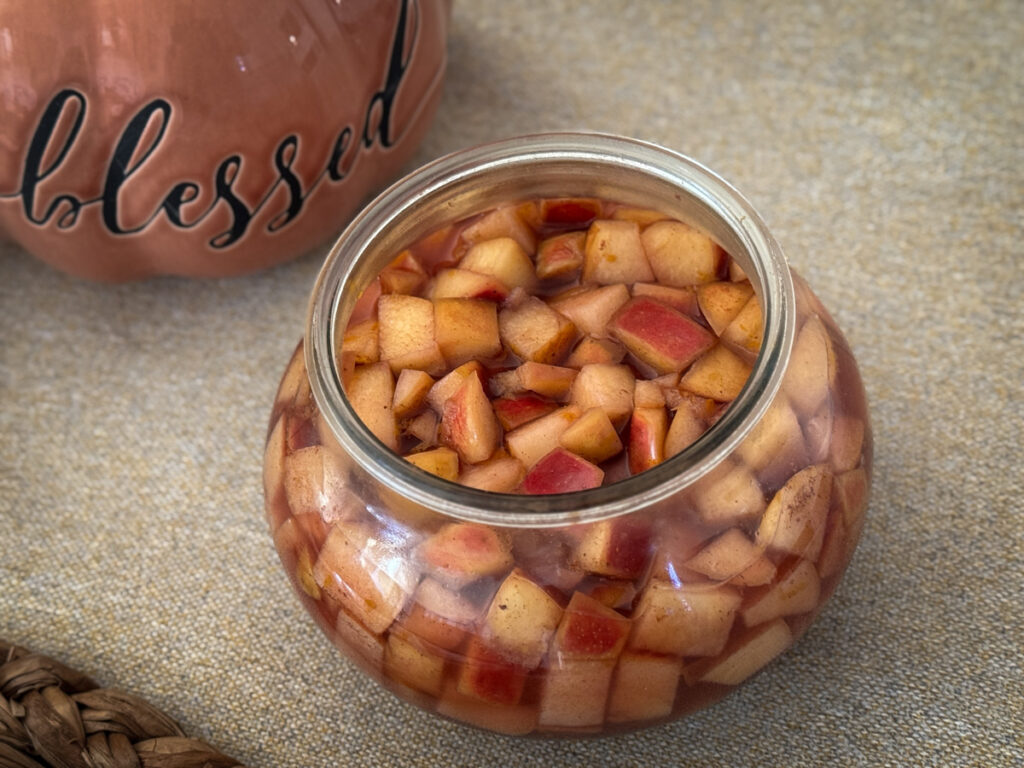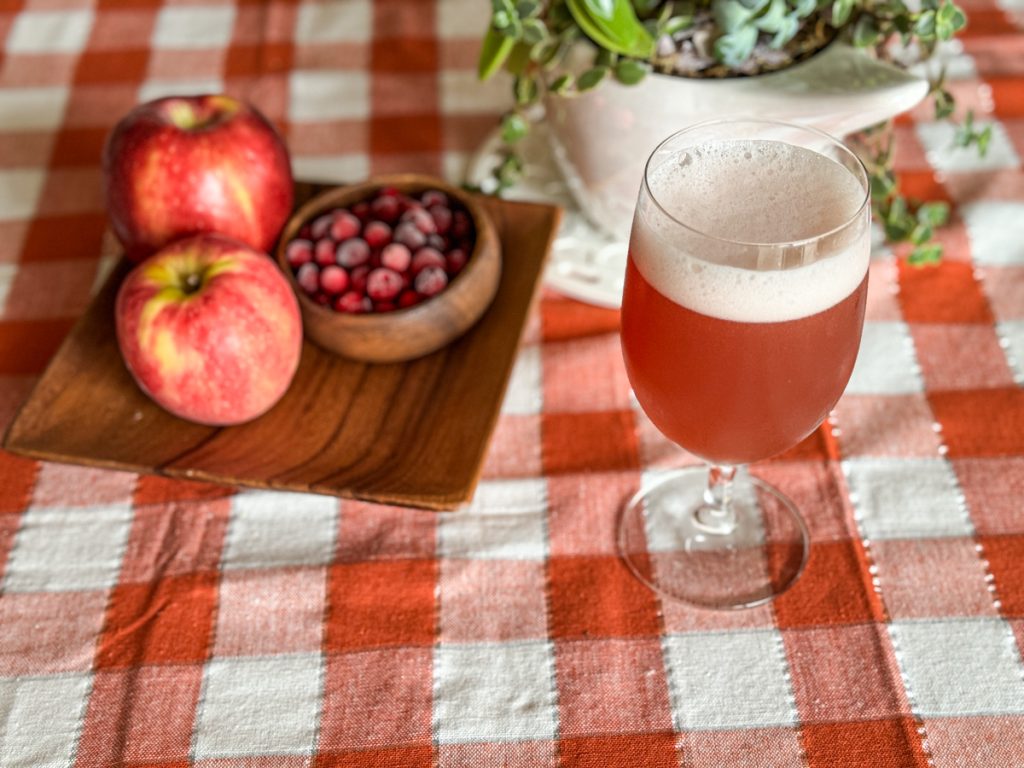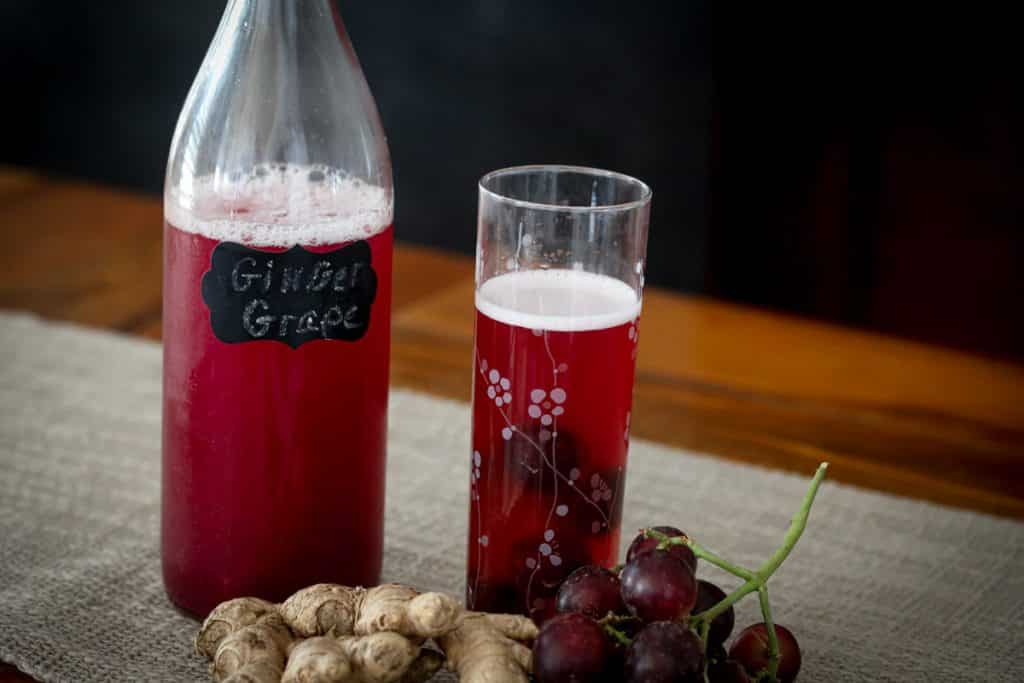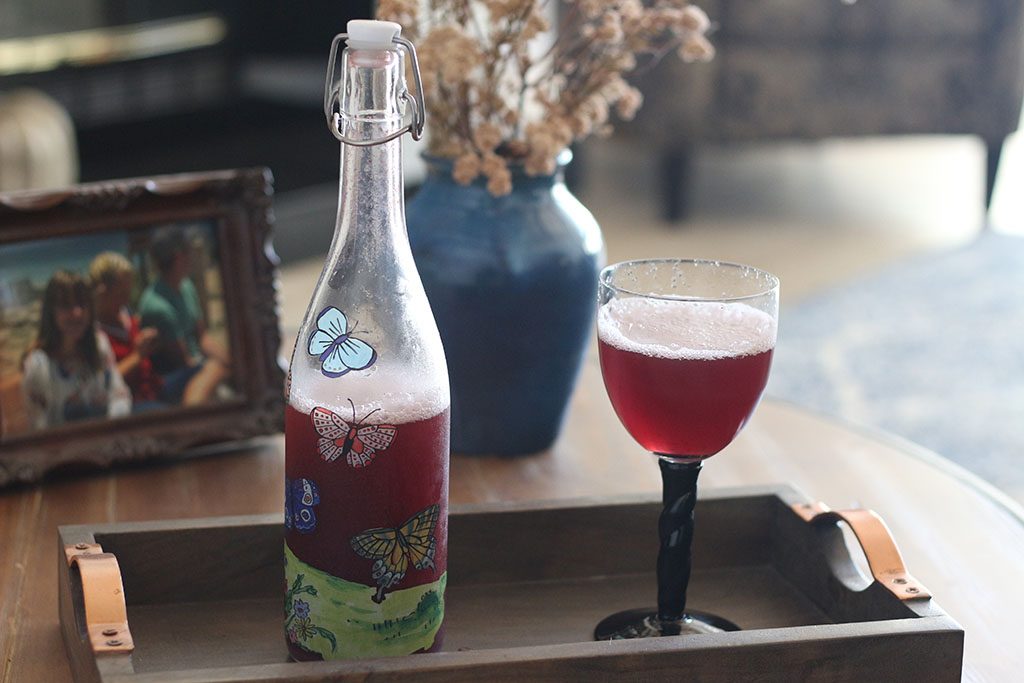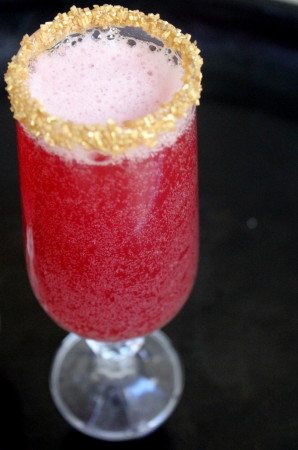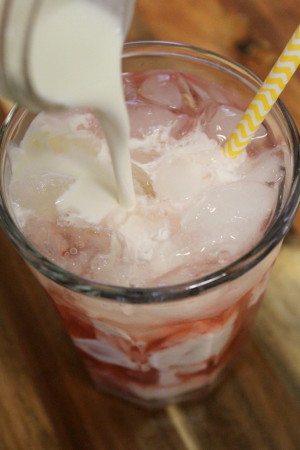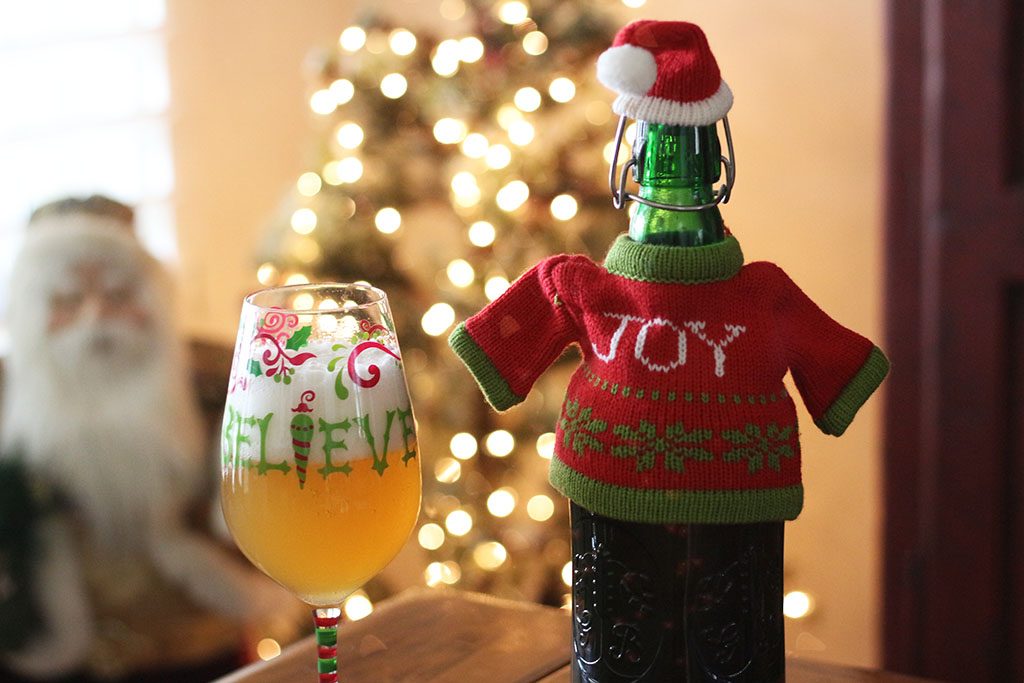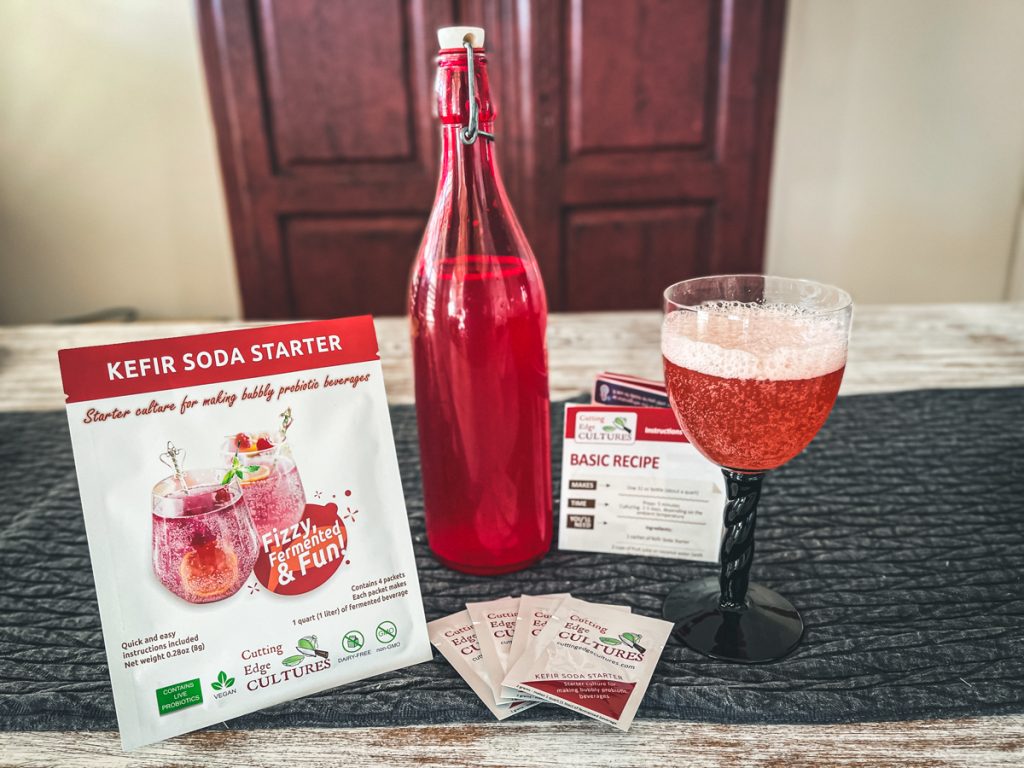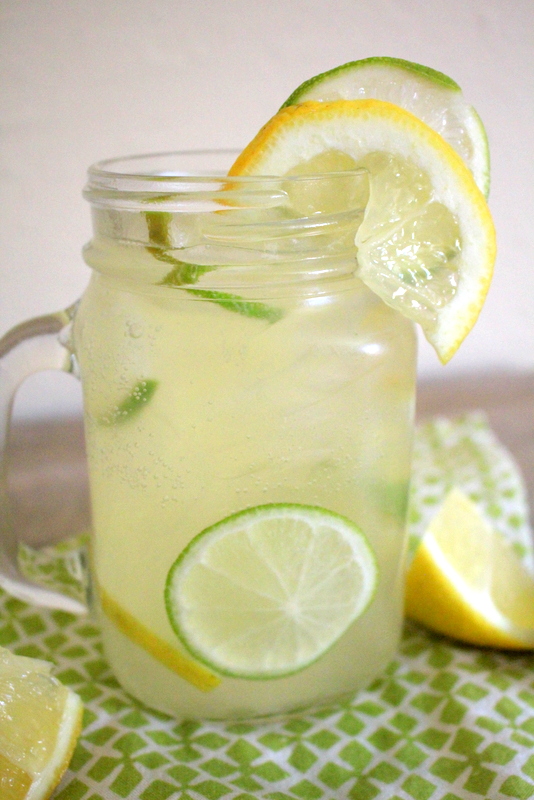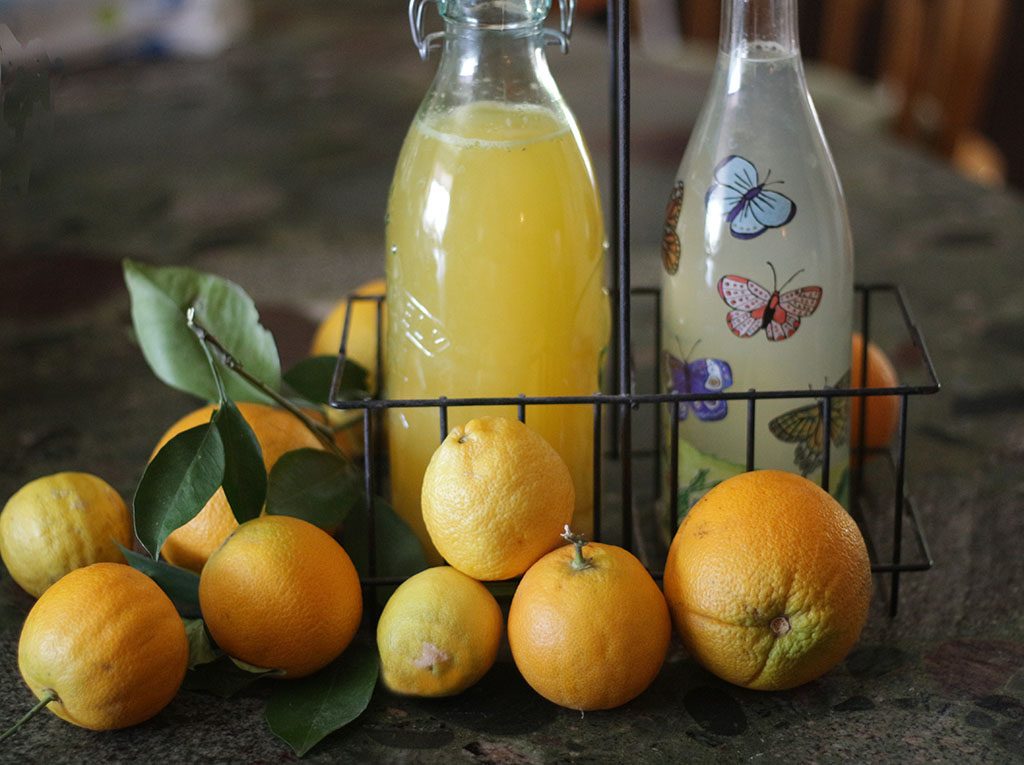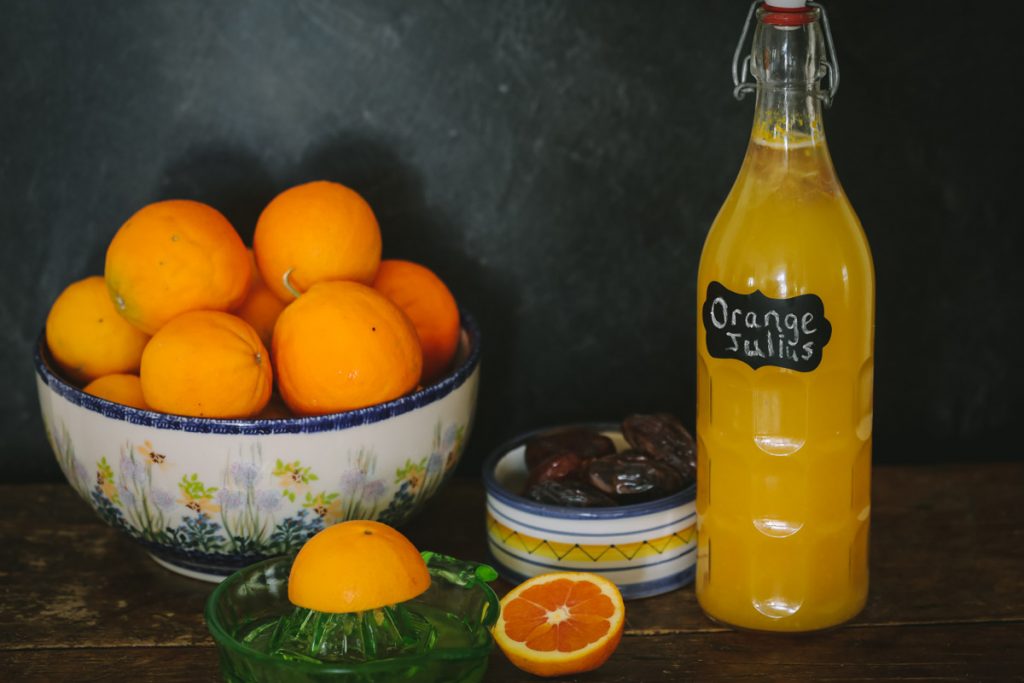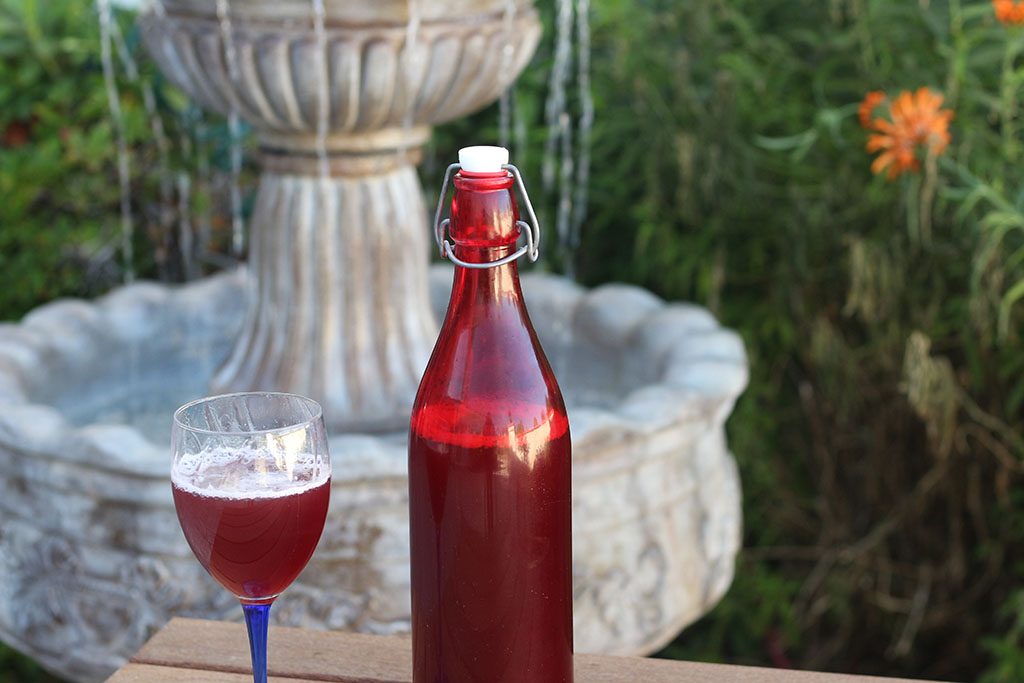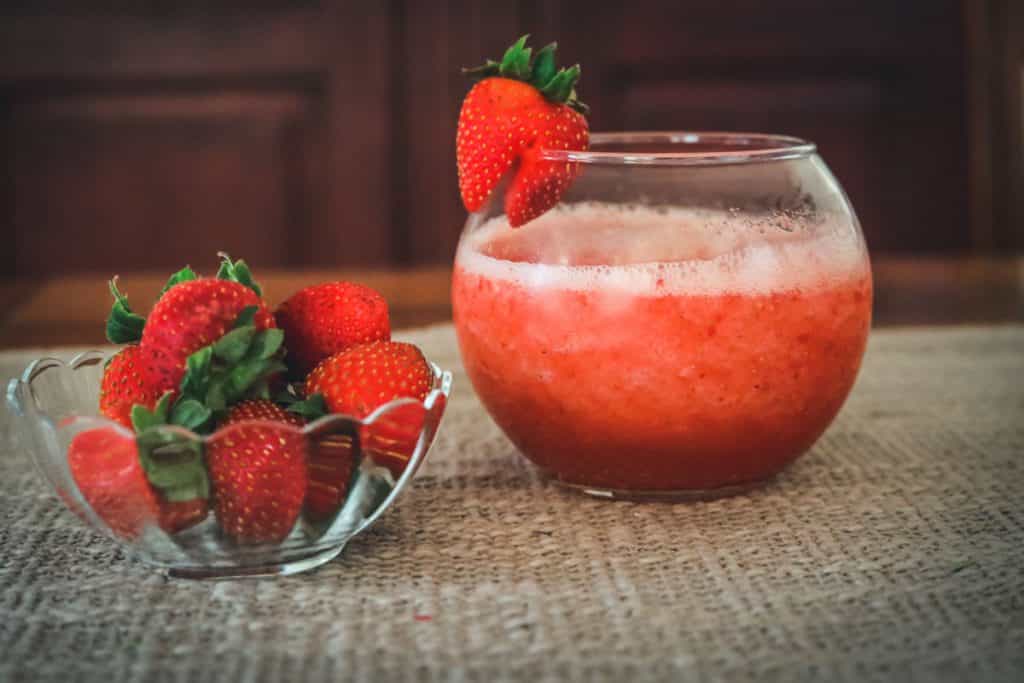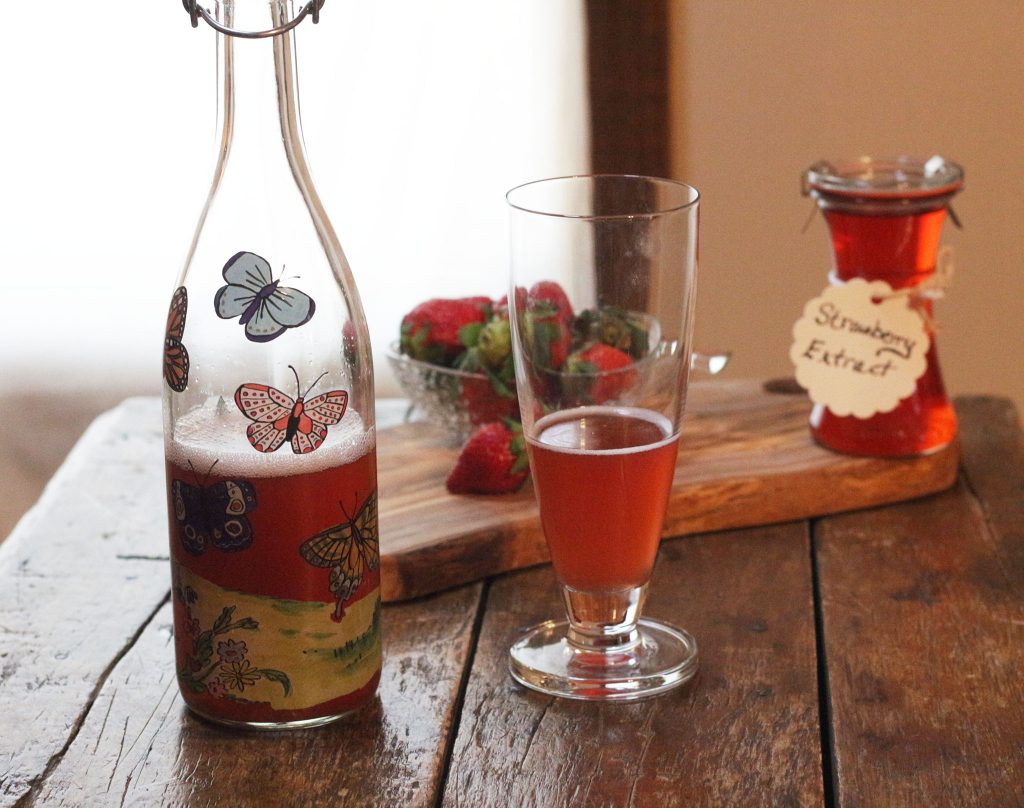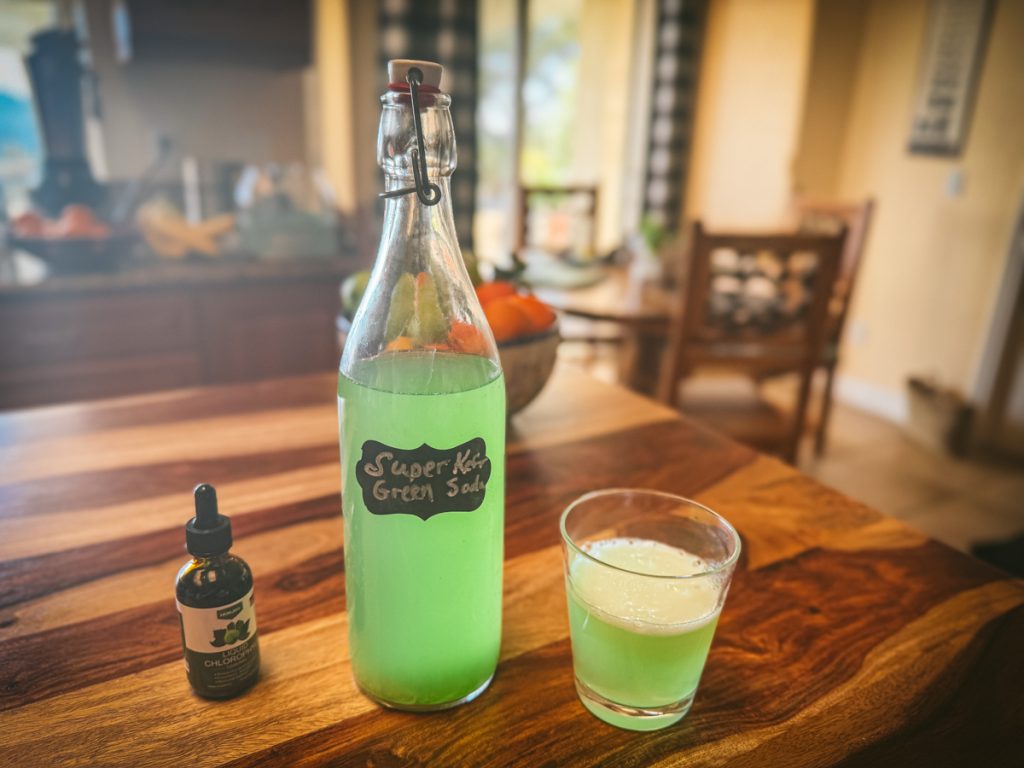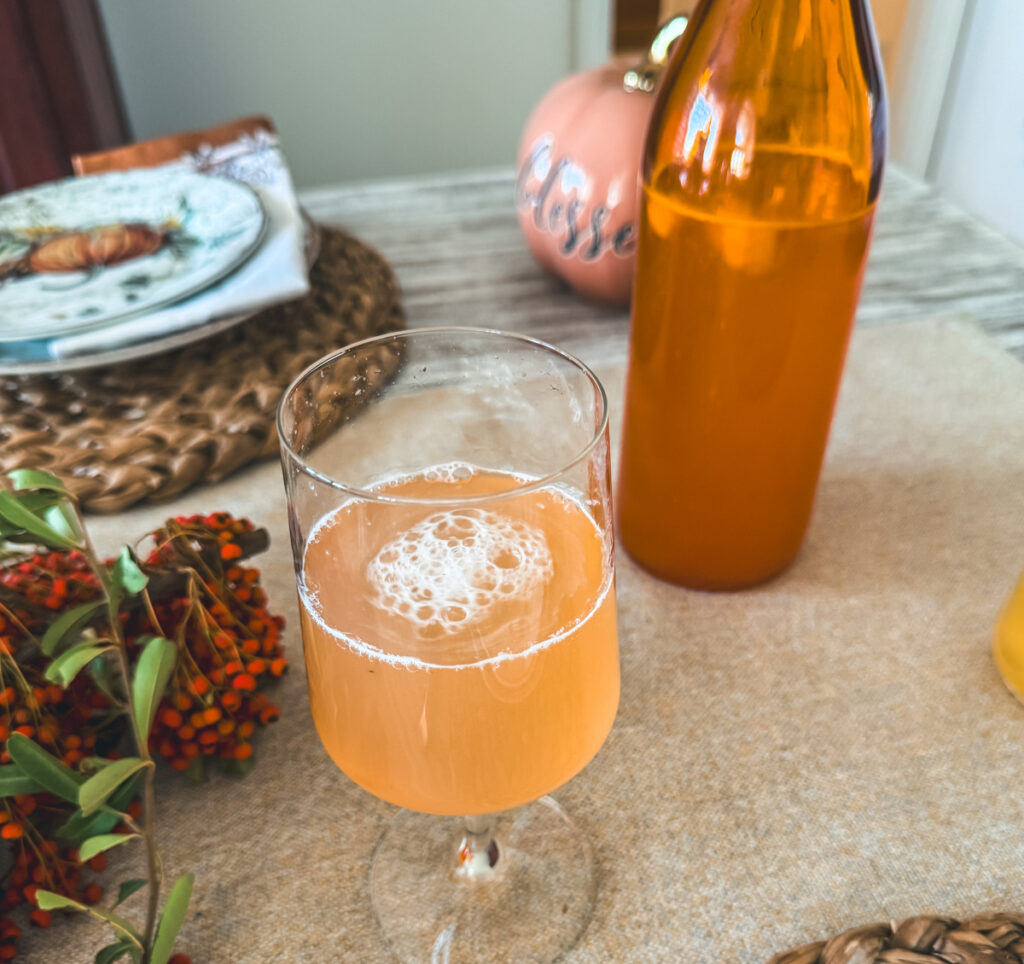
Kefir Soda FAQs
Super Soda
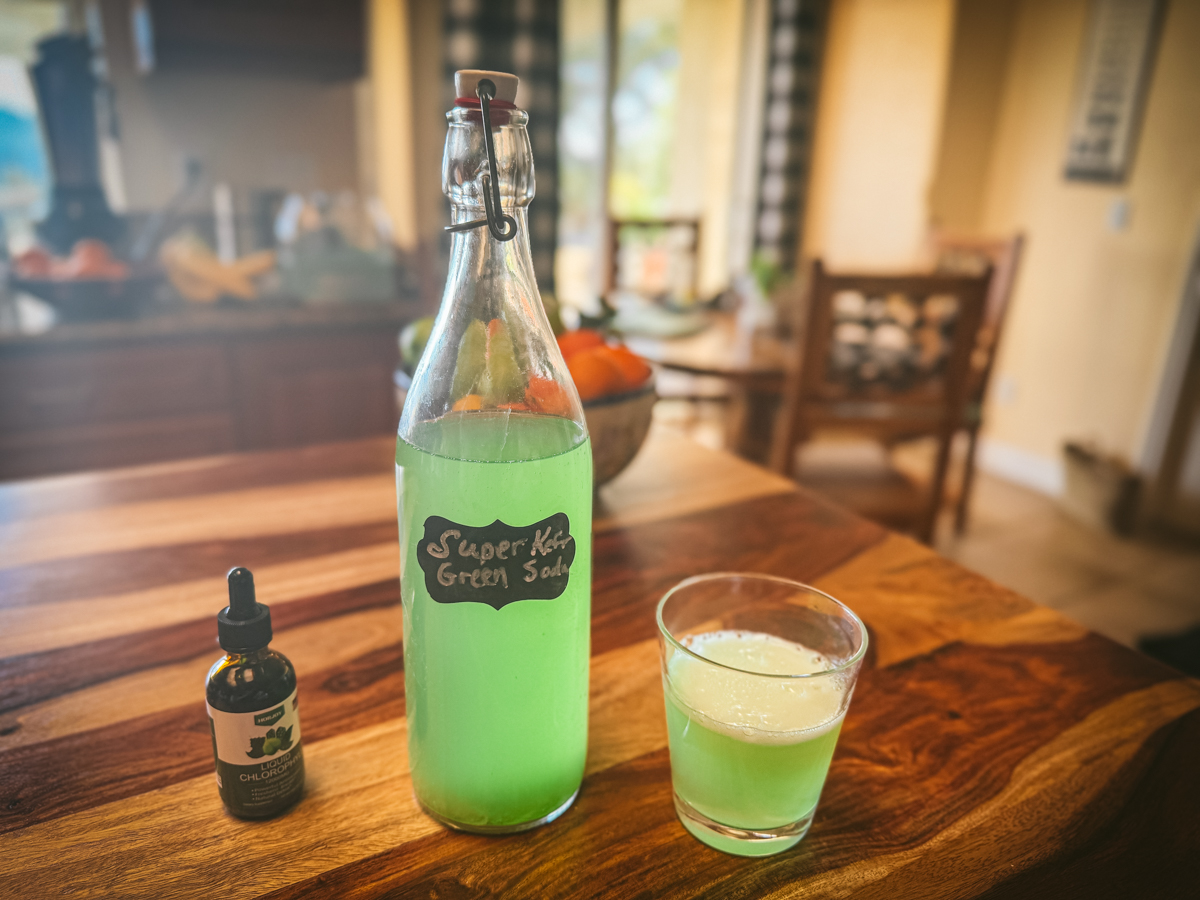
Imagine sipping on a refreshing, bubbly drink that's not only delicious but also brimming with probiotics, enzymes, and vitamins. That’s the magic of Kefir Soda! At Cultured Food Life, we’re all about bringing the incredible benefits of fermented foods into your everyday life, and Kefir Soda is one of our favorite ways to do just that.
Kefir Soda is more than just a tasty beverage—it's a powerhouse of good bacteria that supports your gut health, boosts your immune system, and gives you billions of beneficial bacteria. Whether you're new to fermentation or a seasoned pro, making your own Kefir Soda is simple, fun, and oh-so-rewarding. If you have questions, check out our FAQs below. 🥂
Trust me, once you start sipping on this fizzy delight, you'll never want to go back to store-bought sodas again!
Frequently Asked Questions About Kefir Soda
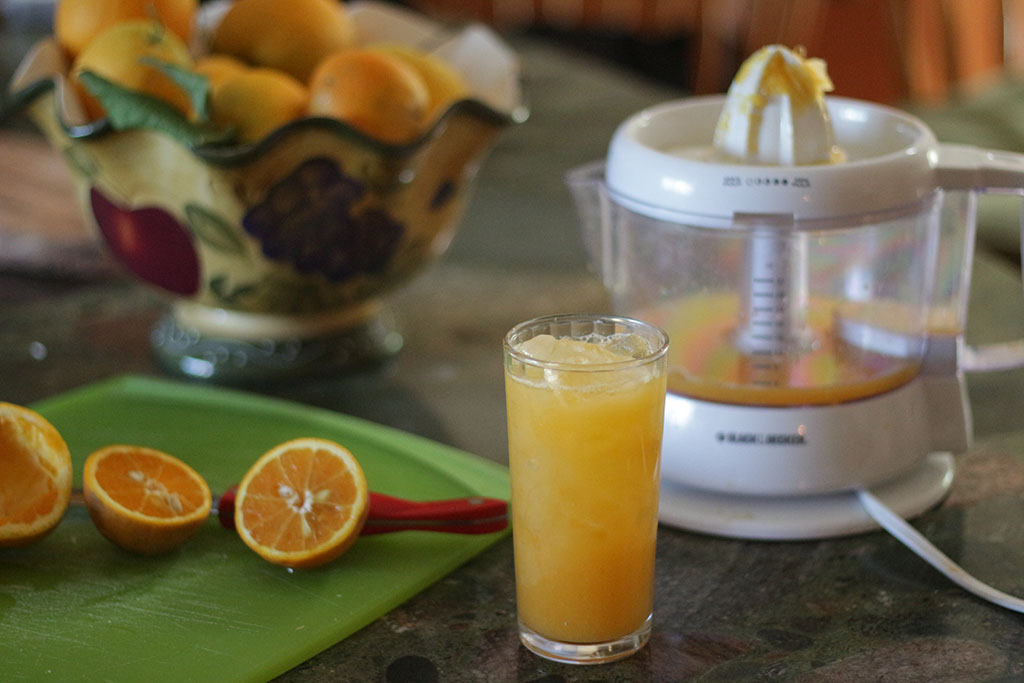
Which Liquid Should I Use?
Use 100% fruit juice (homemade, or store-bought with the least additives possible) or coconut water. Make sure that the coconut water or juice you purchase has at least 20 carbohydrates per 8 ounces, more is better. If it has 11 carbs or less for 8 ounces, then it needs a little more food for the microbes. You can add 2 teaspoons of sugar to increase the amount of carbs. This is what the good yeasts need as food to make the drink bubbly. The sugar isn't for you. It is for the microbes. The sugars are reduced by over 85% in the first couple of days, and they are reduced even more as they ferment in the fridge.
You will also need lightly filtered or spring (not fizzy) water. We don't recommend using distilled, reverse osmosis, or any water that has had the minerals removed. Fermentation needs the minerals!
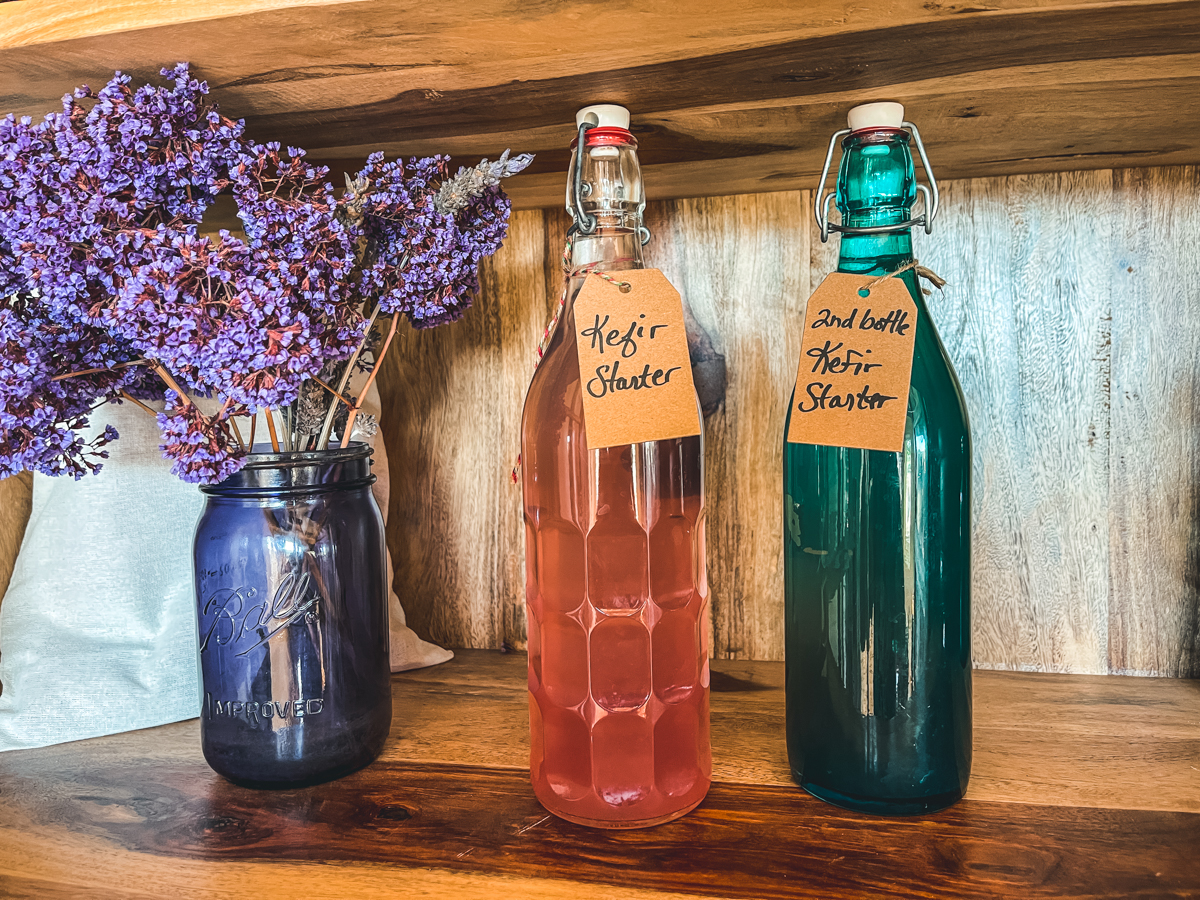
Can I use a canning jar to ferment in?
No, you can not use canning jars to make kefir soda. It will leak out the carbonation.
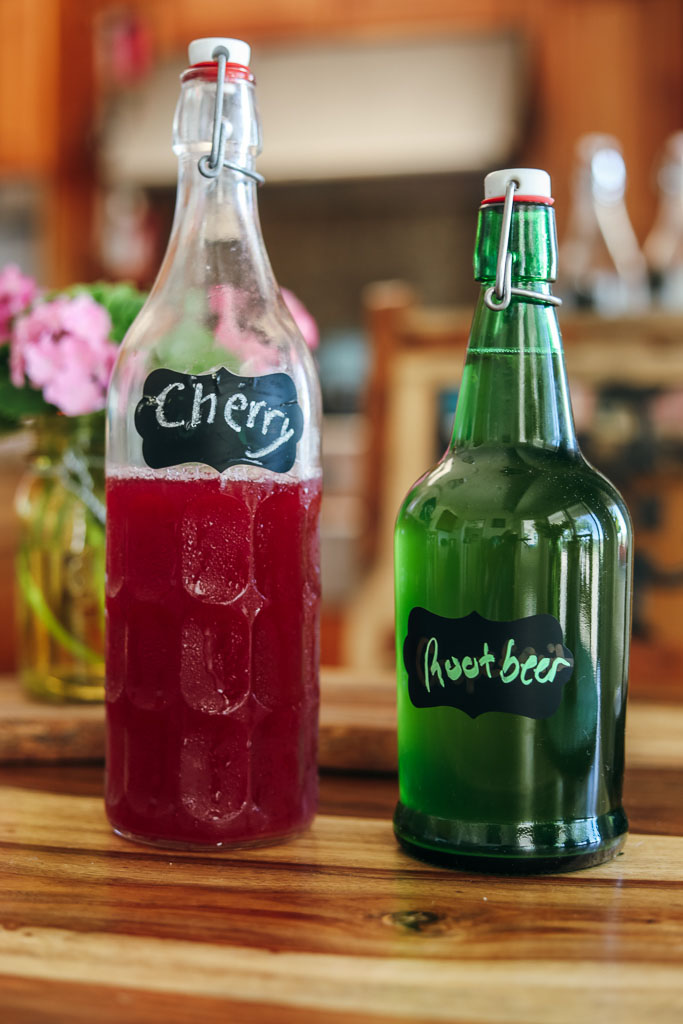
What kind of bottles should I use?
Use thick 32-ounce flip-top bottles made for brewing. Do not use craft store-bought bottles. These may not handle the pressure as well and may explode. You can also use recycled kombucha bottles.
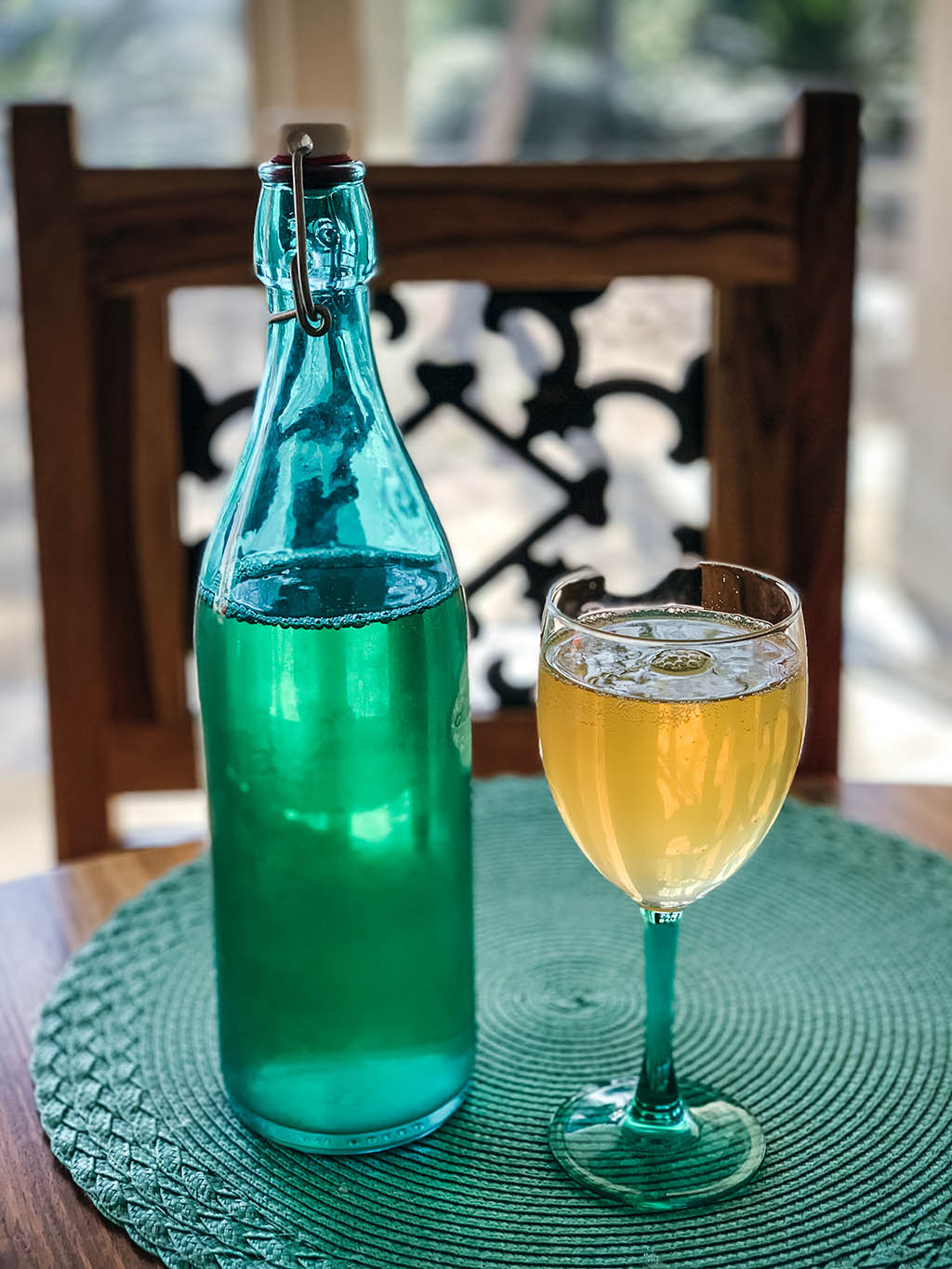
Do I need to burp the bottles often?
Fermentation produces strong carbonation which creates pressure in the bottle. Recultured batches carbonate even stronger and faster. Gently "burp" them often, even when in the refrigerator.
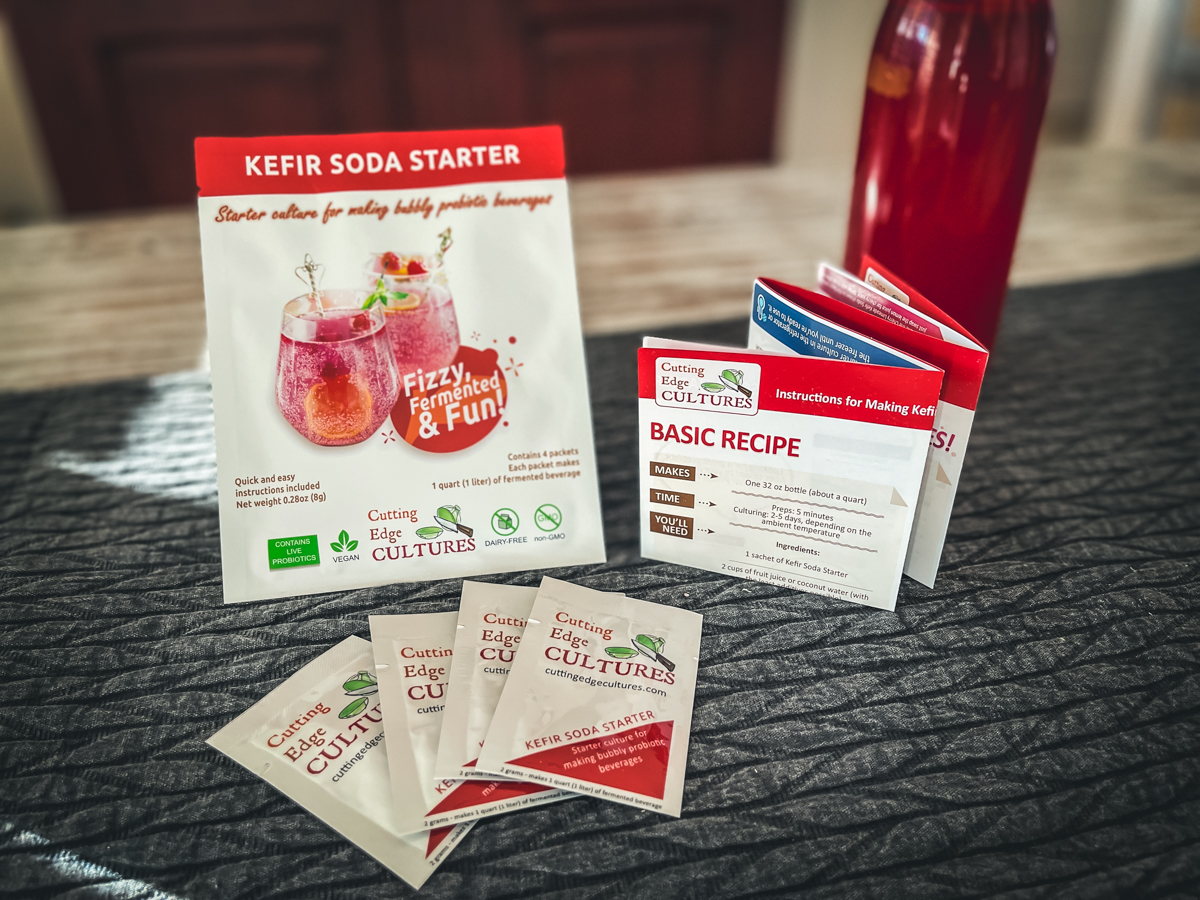
How long does an unopened sachet culture keep in the refrigerator?
The Best By Date is printed on the pouch and on each sachet. Keep the starter culture refrigerated or frozen.
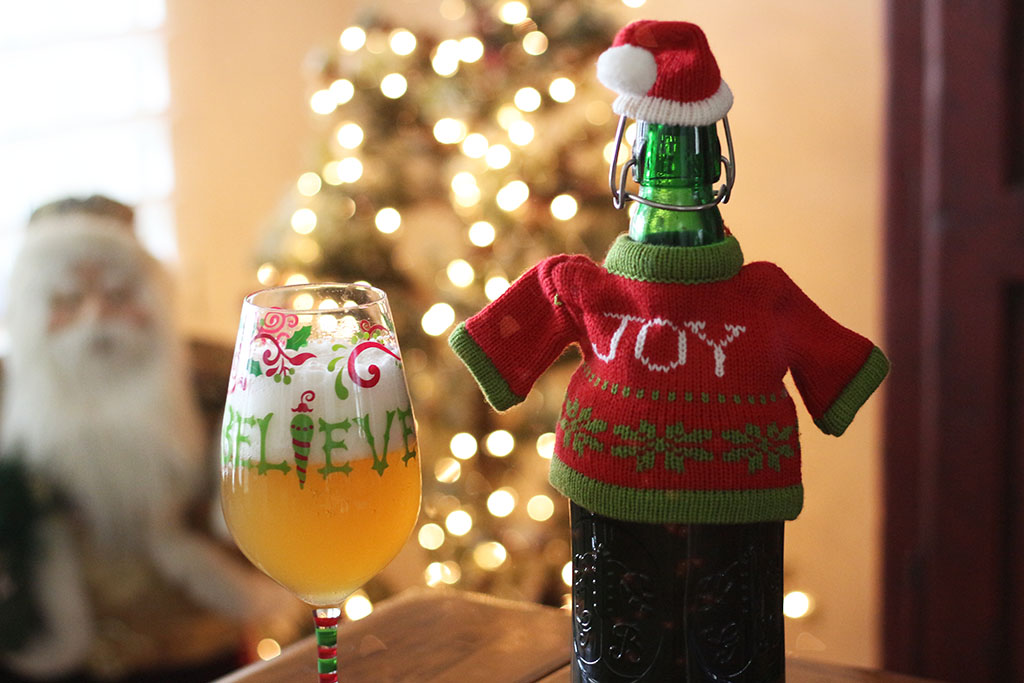
How long will the bottle keep in the fridge?
It will be good for 1-2 weeks in the refrigerator. Flavor and fizz may change or weaken over time.
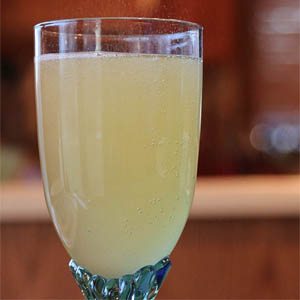
Can I use less than 1/2 cup from my previous soda to ferment a new bottle?
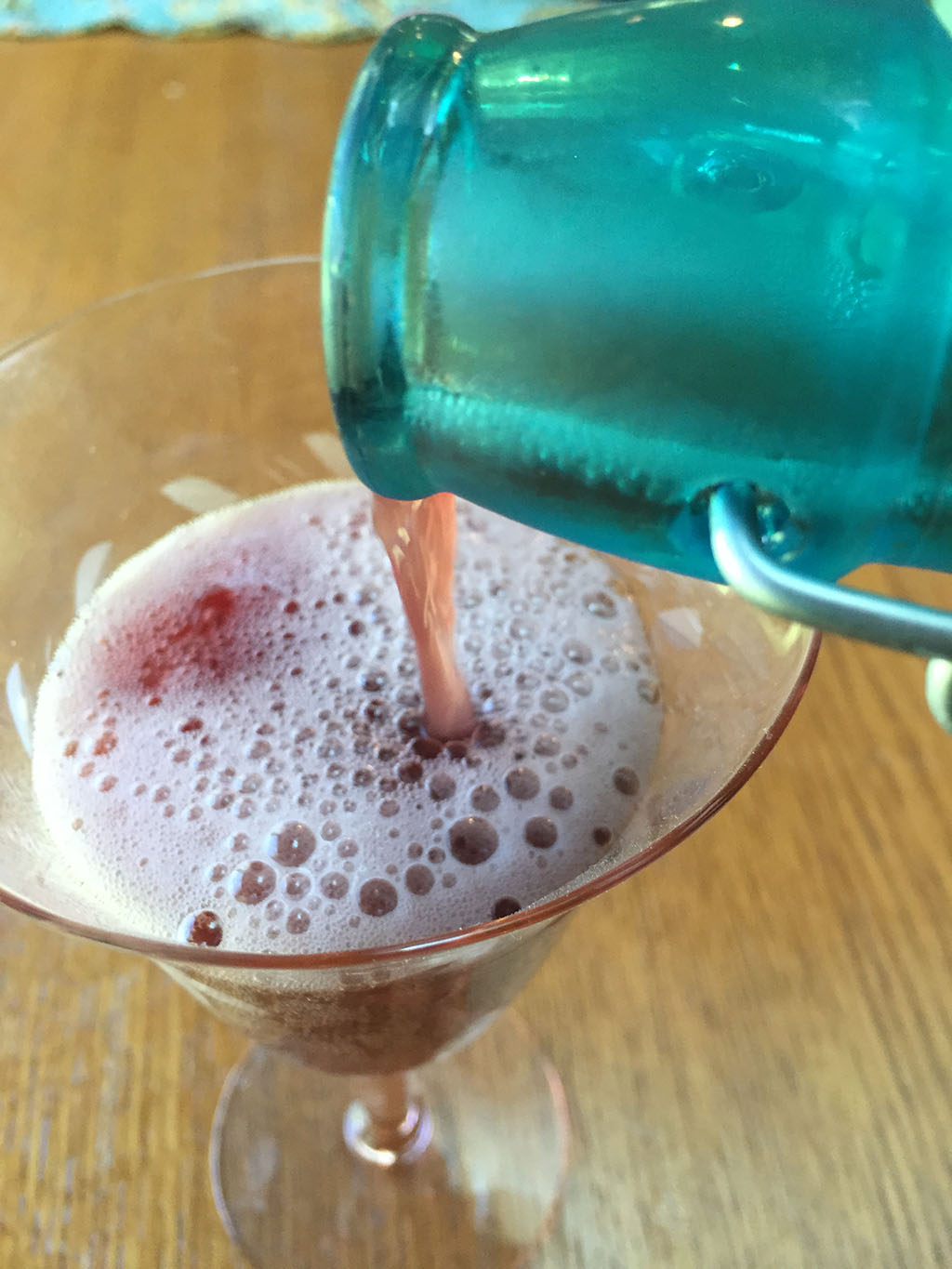
Is fermentation affected by the temperature in my house?
Yes, warm temperatures will accelerate fermentation (carbonation), while cooler temperatures will slow it down. The ideal temperature is 70 - 75°F. If your house is cold, it's going to take longer - especially on the first bottle. Five to six days is the average for the first bottle but then a day or two for the second ferment using this bottle as a starter. Find a warmer place if you can, and it will ferment more quickly.
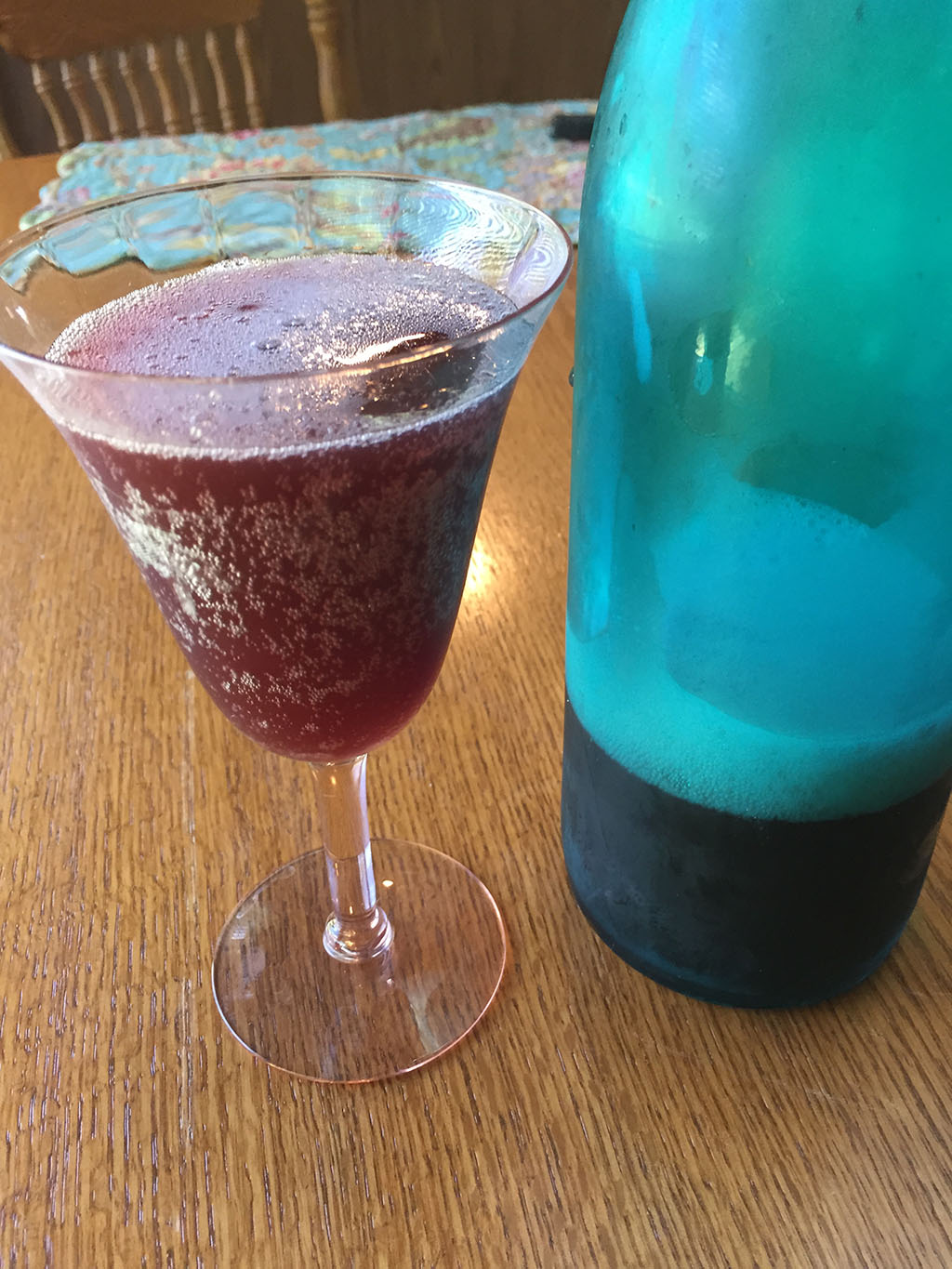
How many times can I reculture?
You can reculture as long as the bottle comes out pleasantly fizzy and tangy. I have recultured over 30 times and it just keeps going. Reculturing from a fresh batch can take less than a day, depending on the temperature of your home.

Can I make larger quantities?
Absolutely! You can use this starter with the second batch, with all the ingredients in proportion. For example, to make 2 bottles you will just double the quantities: use 1 cup of kefir starter, 4 cups of juice or coconut water, and just under 3 cups of water.
Mix well and pour evenly into your brewing bottles.
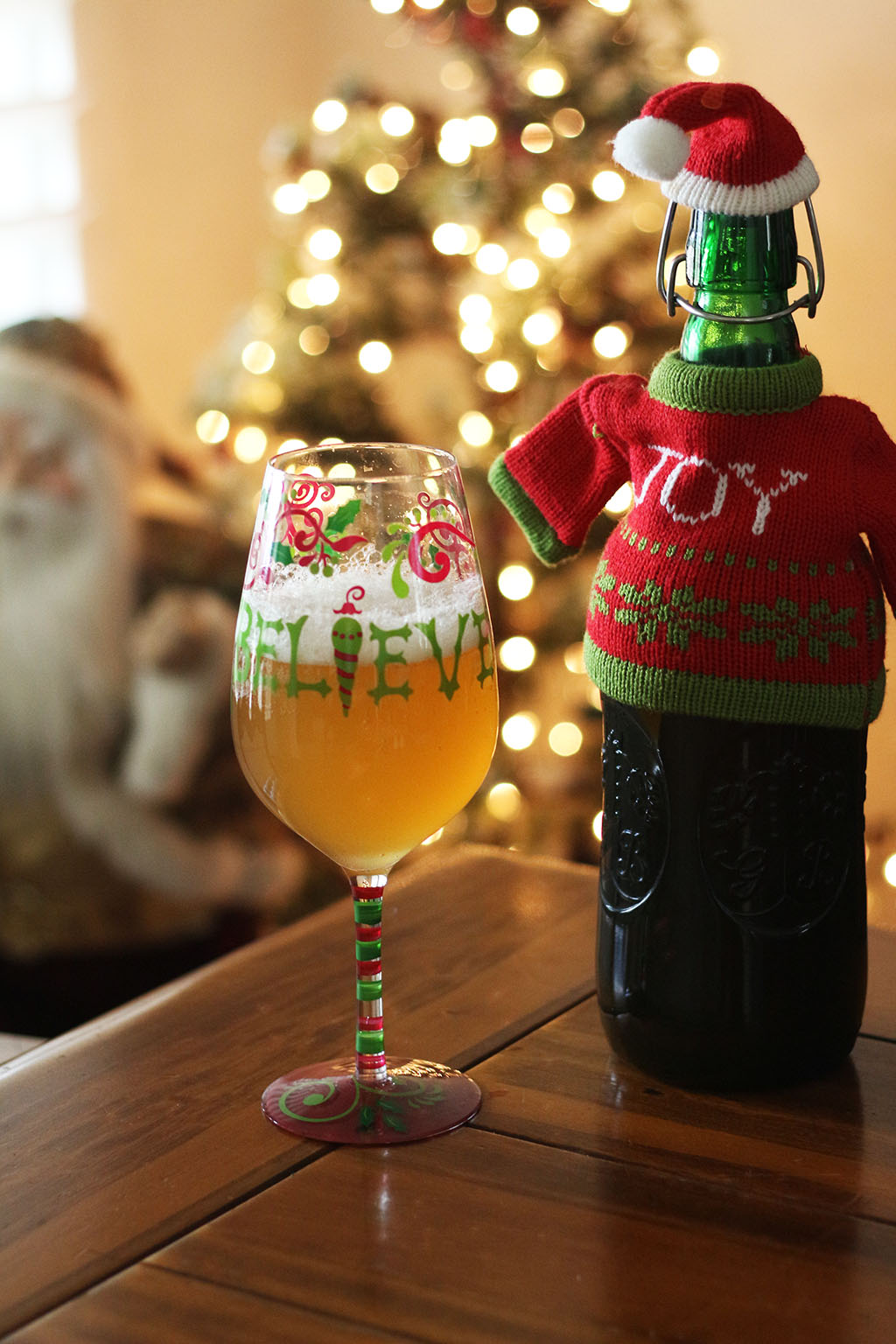
What could affect the fermentation (carbonation)?
Ambient temperatures: the warmer the temperatures, the faster and stronger the carbonation.
Strength of the starter: the stronger the starter, the faster and stronger the carbonation.
Amount of natural sugar in the mixture (from the juice): The sweeter the juice, the faster and stronger the carbonation.
Ratios of water-starter-juice: the more starter and sweet liquid in the recipe, the faster and stronger the carbonation.
Duration: There's a sweet spot during fermentation where your bottle is nicely carbonated, pleasantly tangy, and has lost quite a bit of its initial sweetness. That's when it needs to go into the fridge. Any longer on the counter and the fermentation weakens or, conversely, will get too much fizz. Gently open your bottle to release pressure.
Kefir Soda Recipes
Listen To My Podcast
Kefir Soda is a great bubbly, probiotic drink and the perfect substitute for sugary beverages that aren't good for you. It is super easy to make, and I can give you extra tips in this podcast to make it super easy. Tune in to learn more!
References I talked about:
Are you on the list?
Sign up today and I'll send you my free Getting Started Guide!
Each week I'll send you updates, tips, recipes, and more! You might even be a winner of my weekly giveaway! (starter cultures, memberships, and more!)
Come be a part of my cultured food family!

